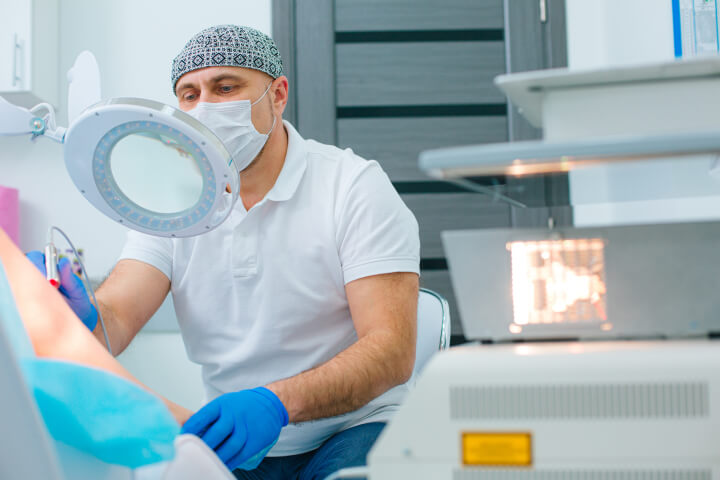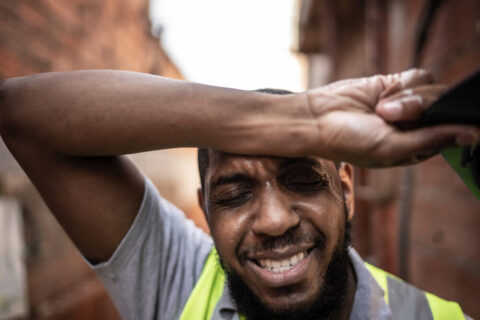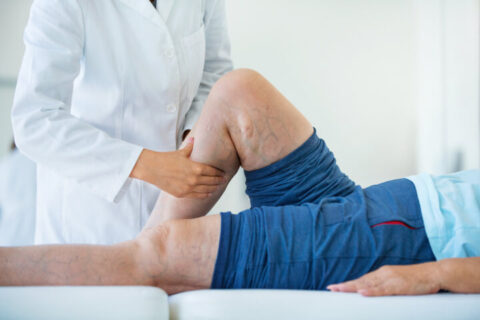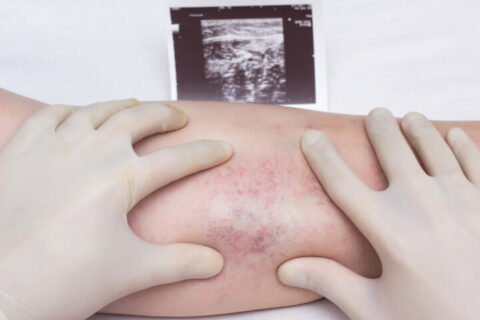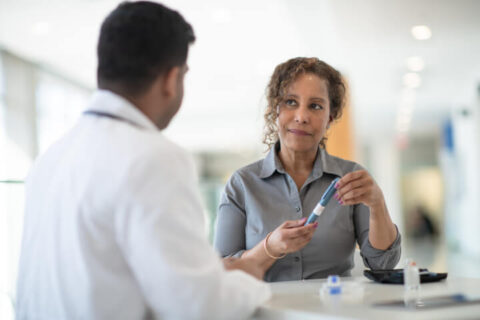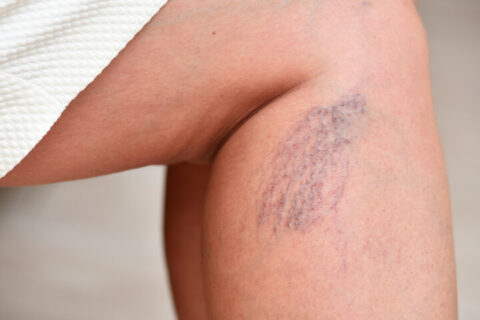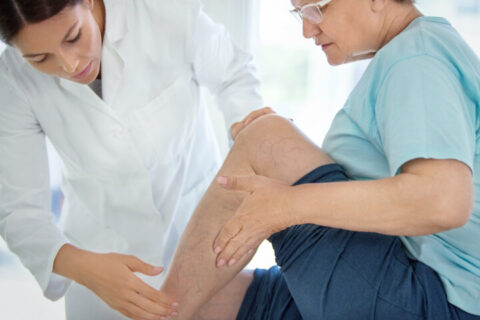Broken blood vessels on the face are enlarged veins that appear just below the skin’s surface. Spider veins’ name was derived from the blue vein and web-like presence of a damaged blood vessel. These broken blood vessels are prevalent on the face, but they can exist anywhere on the body. The facial telangiectasia doesn’t show any symptoms other than its appearance.
But how can people get rid of a varicose vein on face? Taking measures for gentle skincare, eating various fruits and vegetables, getting enough sleep, properly managing stress, managing health problems, and having daily exercise can promote healthier veins and reduce the chances of spider vein formation. However, when a facial spider vein appears, it usually necessitates varicose vein treatment to vanish.
Primary Classifications of Broken Blood Vessels on the Face
Before delving into the various classifications of each type of vein, keep in mind that the venous system is a network of small veins that drain into larger veins. It’s commonly referred to as “branching,” but it’s the inverse of branching.
Thousands of small veins (called venules) drain venous blood from capillaries, and these veins connect to larger veins that are diverse and unidentified. The venous blood flows from these into the larger named veins, including the temporal or nose vein, and then to the jugular vein, superior vena cava, and right heart.
When evaluating a vein that resembles an intertwining tree, keep in mind that blood flow is from the peripheral into the center. It’s essentially a compilation of tributaries draining to a central vein. Since the most superficial veins will connect and drain into slightly deeper veins, these deeper veins may do the same.
One type of problem vein may be correlated to another form of problem vein of distinct size and depth. As a result, there’s no delineated classification of problem veins to be treated. Problem veins that require facial vein treatment may cross two or more types of facial veins.
Telangiectasia is characterized by very fine and superficial veins. If the blood is bright red, it’s present in tiny arteries before the capillaries. Whereas if the blood is blue or purple, it’s typically in veins after the capillary network. The veins are colorless and turn white when they’re empty. The redness of veins is solely due to the blood inside the vein.
The thicker the vein wall and the deeper the vein, the further the color changes from blue to green. When the vein is deep enough, there’s no color shown in subdermal veins due to a buildup of scar tissue.
Reticular veins are veins that appear like a green line through the skin but don’t bulge. It’s the same name as reticular veins, which is also a leg vein and can exist anywhere in the body. When it comes to varicose veins treatment options, the fact that they look green is critical.
Read More: Are Varicose Veins Genetic?
Causes of Varicose Veins on the Face
Broken blood vessels on a person’s face can actually occur at any age. However, there are those who tend to develop them and age spots more than others. The following are some of the factors that cause broken blood vessels on the face:
Rosacea: It’s a widely known vein disease that triggers facial redness or a port wine stain due to a damaged vein. Spider veins are a common symptom of rosacea.
Weather changes: Sudden weather changes can disrupt the body’s blood circulation, inducing facial skin flushes. Blood vessels may explode, resulting in a spider vein.
Genes: People who have spider veins in their families have higher chances of developing them.
Sun damage: It can cause blood vessels to enlarge and draw closer to the skin.
Pressure changes: Abrupt, intense pressure changes can result in tiny broken blood vessels and bulging veins. A strong sneeze or nausea causes pressure change.
Pregnancy: Hormonal fluctuations during pregnancy can cause blood vessels to break. Spider veins caused by pregnancy tend to disappear after childbirth.
Environmental irritants: Contact with certain chemicals or pollutants in the environment can cause skin damage and induce a visible vein.
Medical Treatments and Natural Remedies for Facial Vein Removal
A visual inspection by a vein specialist is usually enough to diagnose broken blood vessels on the face. There are several spider vein treatment options available, but not all of them work for everyone. A person with spider veins may have to try a few skin treatments before discovering one that works for them.
Laser Therapy
Laser vein treatment destroys abnormal veins by using extreme laser lights. However, laser vein removal can cause skin damage, making it vulnerable throughout recovery. The laser spider vein treatment can also be costly, and several sessions are considered necessary to achieve the desired effect.
Retinoids
They treat various skin conditions, and retinoids may be prescribed by a doctor for some people who have spider veins. Retinoids may reduce the visible veins and improve skin health. However, they cause dryness and itching on the applied area.
Sclerotherapy
Sclerotherapy is a treatment that uses infusions of sclerosing agents to help spider veins fade away in a short period, usually a few weeks. Sclerotherapy helps seal blood vessels, resulting in the disappearance of a vascular lesion just beneath the skin. This treatment may cause discomfort and pain in some people, but these adverse effects will subside in a few days.
Natural remedies may reduce broken blood vessels on the face in some cases. They’re usually safe, but it’s better to test new products on a small patch of skin 24 hours before performing a facial treatment to rule out any negative responses.
- Vitamin C
- Witch hazel
- Apple cider vinegar (ACV)
- Arnica oil
- Application of cold compress
- Avoidance of hot water
When taking medicine or undergoing treatments, it’s best to consult with a doctor about natural remedies.
Learn More: What Is a Healthy Diet for Varicose Veins?
Get Rid of the Veins and Pain at The Vein Center Doctor

Our mission at The Vein Center Doctor is to provide our patients with specialized treatment for varicose veins and spider veins caused by a blood clot and venous insufficiency. Dr. Rahul Sood is our qualified and experienced board-certified vein specialist. He merges his expertise and experience with the most recent advances in laser treatment for healthy veins.
We welcome patients from all over New Jersey and New York to our cutting-edge vein centers. Reach us today and experience the most advanced vein treatment technology.

